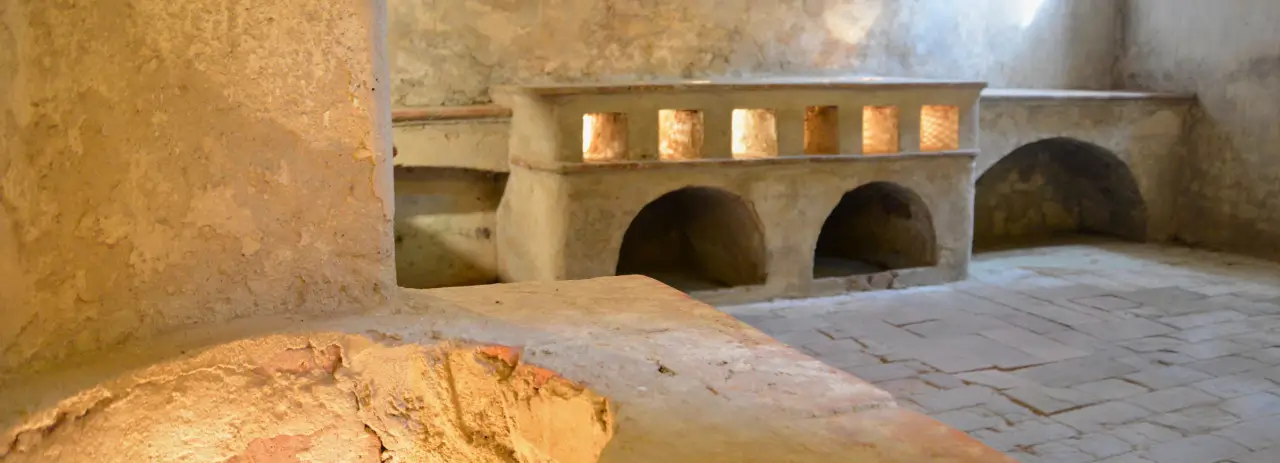Breme PV
Abbey of San Pietro (Breme)
In 929, the monks of Novalesa in the Valle di Susa were forced to flee their abbey due to an attack by Saracen pirates from Provence. During their escape, they managed to save sacred furnishings, precious objects, and part of their library. They found refuge under the protection of Marquis Adalberto of Ivrea, who donated to them the church of Sant’Andrea in Turin (now the Sanctuary of Consolata) and the “curtis” of Breme and Pollicino, along with lands and territories scattered across Piedmont, Liguria, and Lombardy. This donation was later confirmed and ratified by King Ugo on July 24, 929, in Pavia. Strategically located at the confluence of the Po and Sesia rivers, Breme became the new settlement for the fleeing monks, led by Abbot Donniverto. By the mid-10th century, the main building was nearly complete, and the crypt was built during that period, which still exists and is visitable today.
Legally, the Abbey of Breme was “free,” not subject to the control of bishops or dioceses, but only to the Pope and the Emperor. However, in 1306, Breme was besieged and captured by the troops of Galeazzo Visconti, marking the beginning of its decline as a center of religious life. In 1542, the Benedictine monks moved to the Abbey of Sant’Alberto di Butrio, replaced by the Olivetans. They are responsible for the construction of the current building and the artistic bell tower, which took place in the mid-16th century. In 1784, the abbey was suppressed by Victor Emmanuel I of Savoy, and its assets were confiscated by the State. During the Napoleonic occupation, the abbey church was demolished. The current complex includes the main body, the ancient cloister, an adjacent building, and a terraced garden to the south. The kitchen, located in the basement, is well-preserved and features a large fireplace and masonry stoves. The icehouse can be visited by descending the stairs from the atrium of the current Town Hall.

